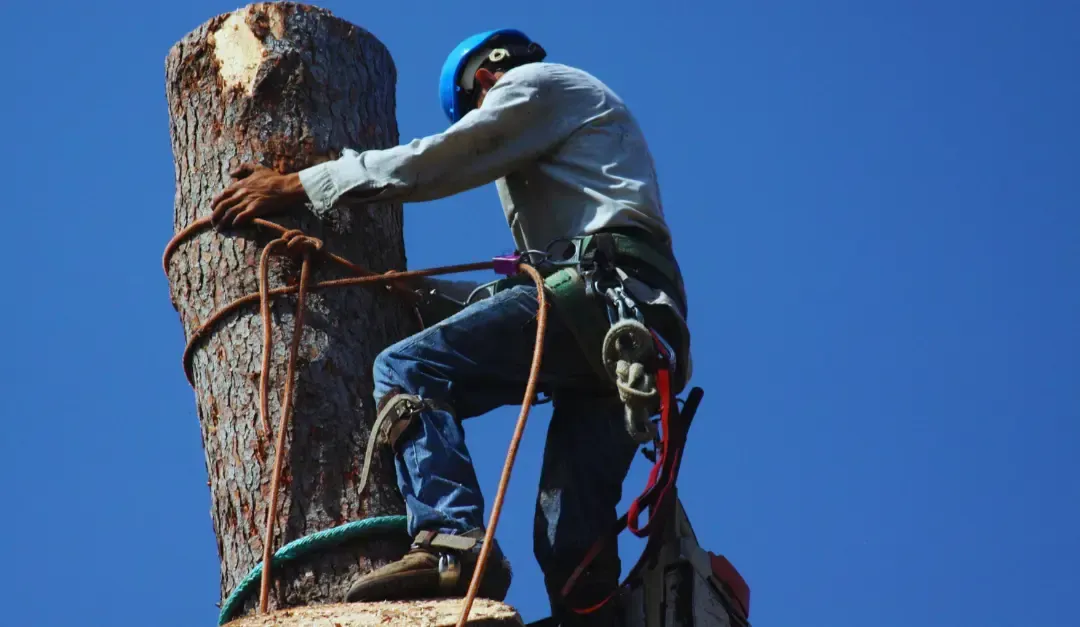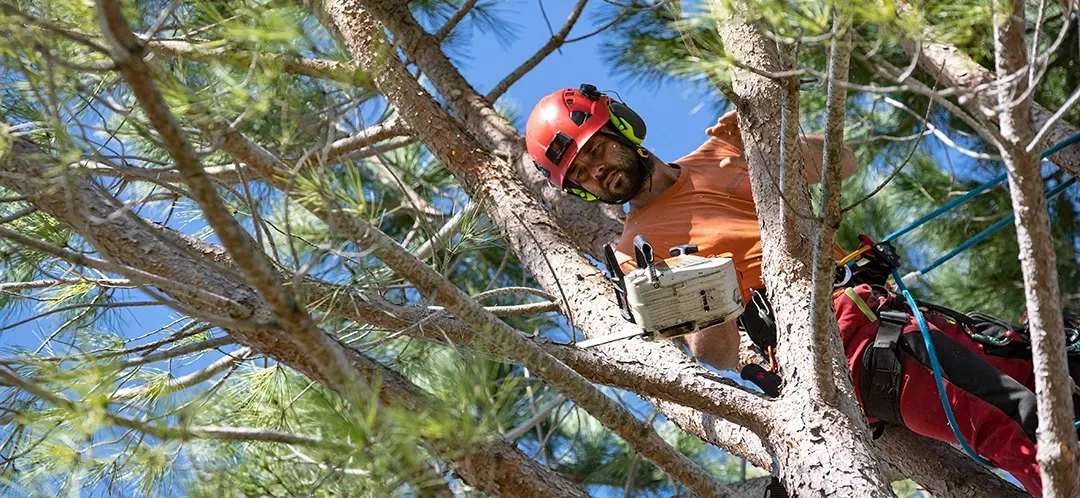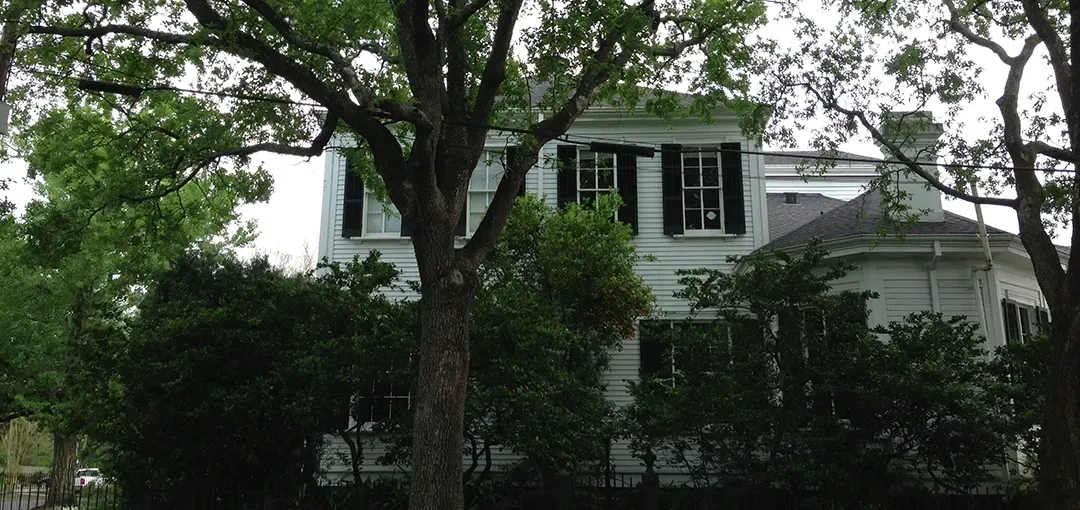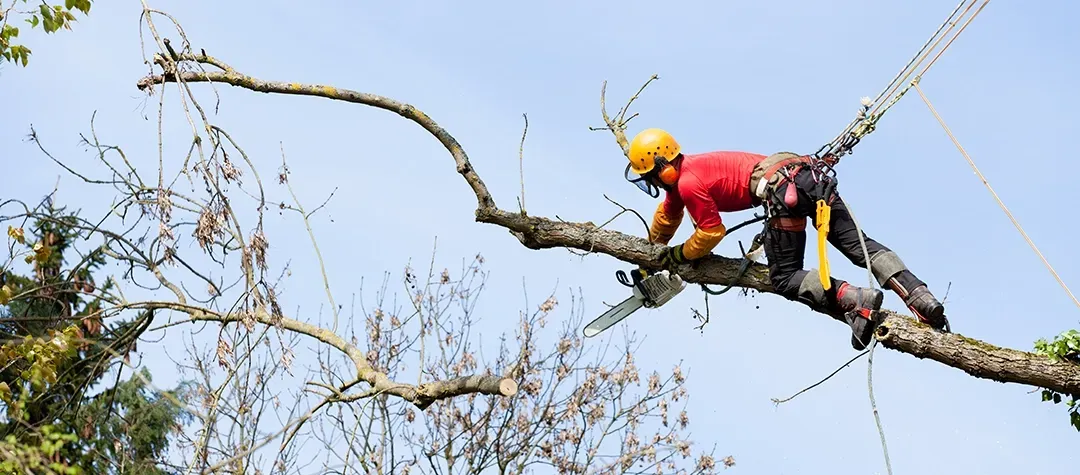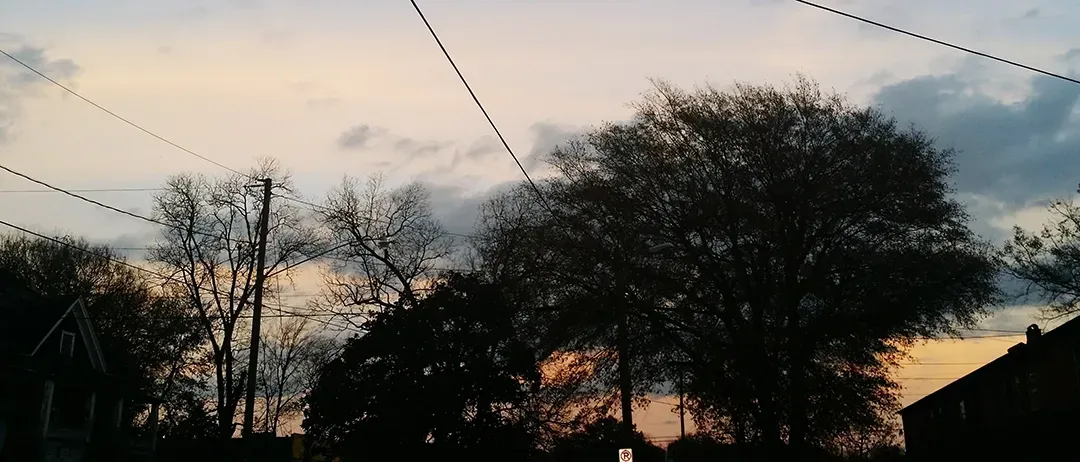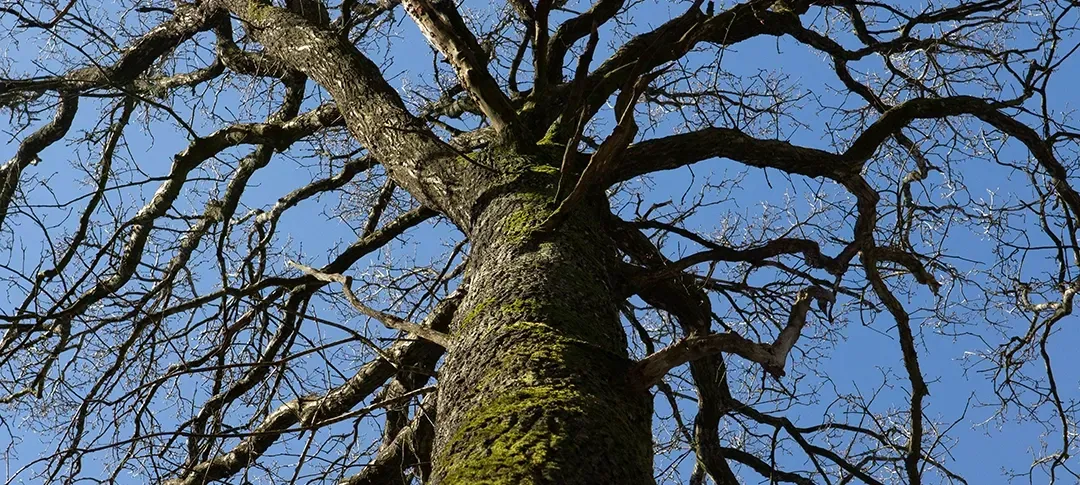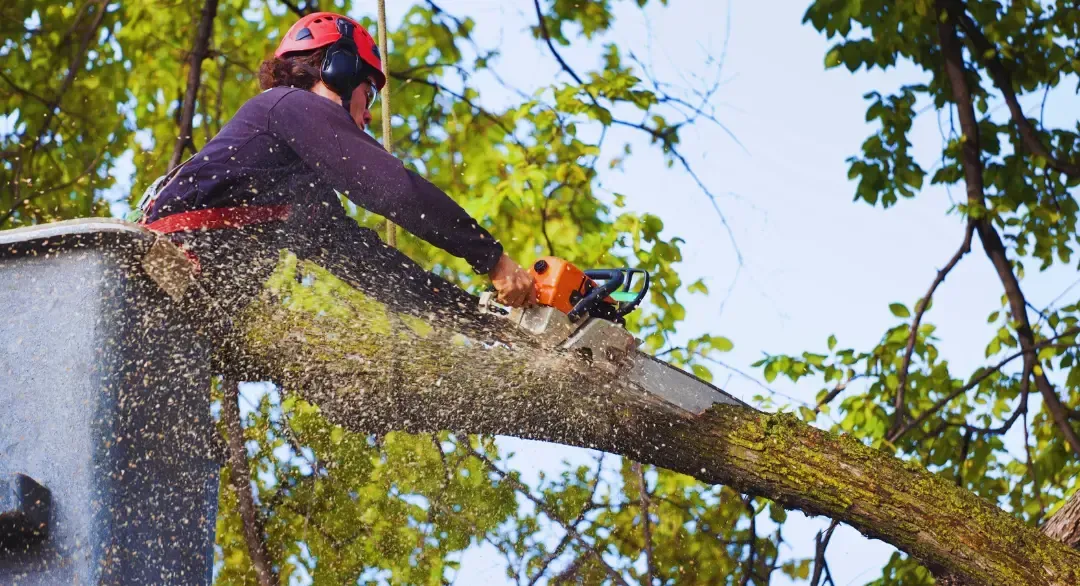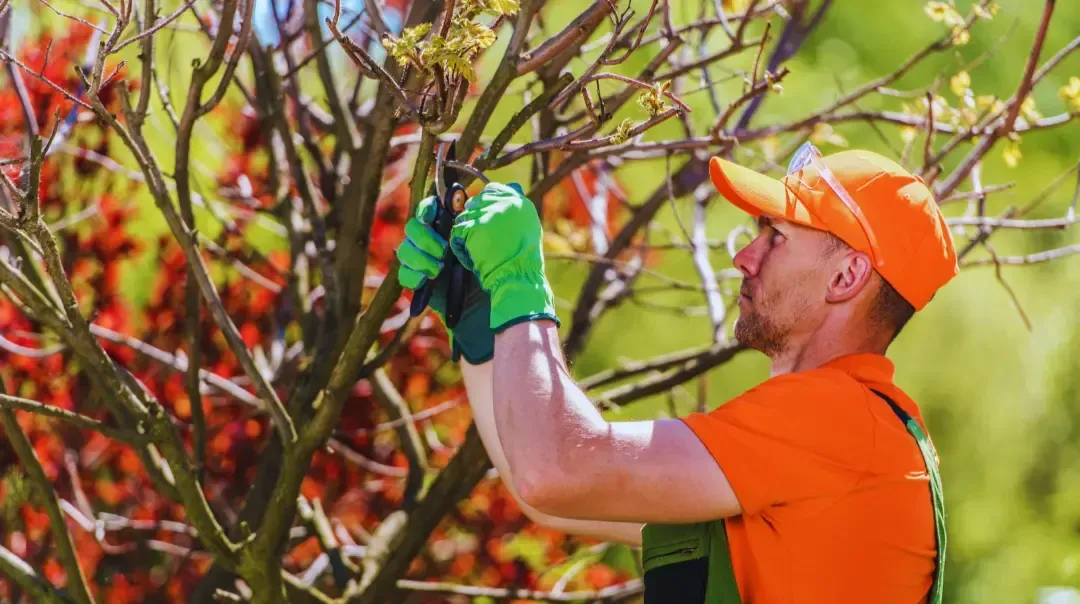Mastering Tree Care in Southern California: A Homeowner's Seasonal Survival Guide
As a long-time Southern California resident, I've learned that our trees are more than just landscaping – they're living, breathing guardians of our properties. Let me take you through a journey of tree care that I've learned through years of personal experience and consultation with local arborists.
Introduction: My Journey with Southern California Trees
Picture this: A scorching summer day in [a Southern California city], and my beloved oak tree was struggling. Leaves were browning, branches looked stressed, and I felt helpless. That moment sparked my deep dive into understanding seasonal tree care, and now, I'm here to share everything I've learned.
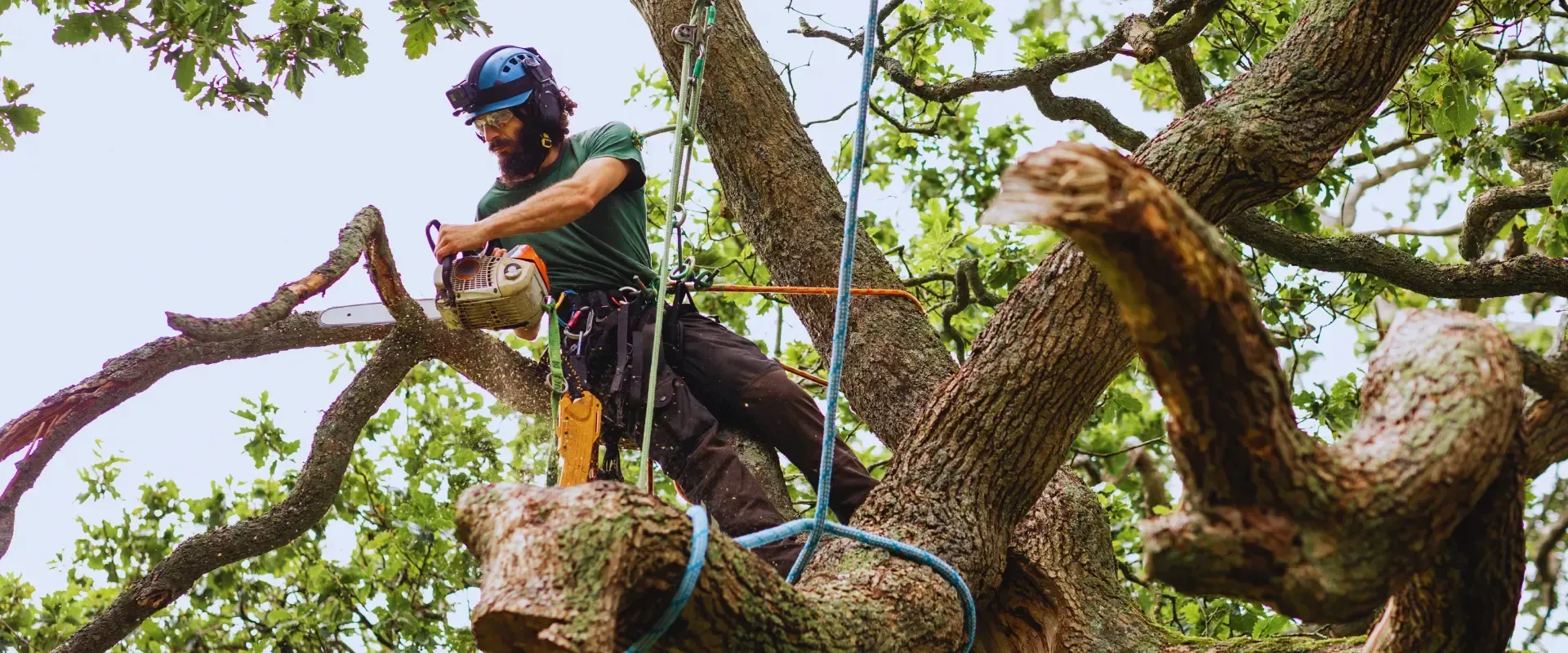
Understanding Southern California's Unique Climate Challenges
Southern California isn't just another region – it's a complex tapestry of microclimates that can dramatically impact tree health. From coastal areas to inland valleys, each zone presents unique challenges for tree maintenance.
Microclimates and Their Impact on Tree Health
Our region's diverse landscape means that tree trimming strategies can vary dramatically within just a few miles. Coastal regions deal with salt-laden winds, while desert-adjacent areas face extreme temperature fluctuations.
Tree Care Services:
Common Tree Species in Southern California
Some trees thrive here naturally:
- Coast Live Oak
- California Sycamore
- California Pepper Tree
- Jacaranda
- Eucalyptus
Spring Tree Care Essentials
Spring is nature's renewal period, and it's crucial for setting up your trees for success.
Spring Pruning Techniques
When spring arrives, it's time for strategic tree removal of dead or diseased branches. I always recommend:
- Pruning before new growth emerges
- Using clean, sharp tools
- Making precise cuts at the right angle
Best Practices for Different Tree Types
- Fruit trees: Prune to encourage fruit production
- Ornamental trees: Focus on shape and aesthetic maintenance
- Native trees: Minimal intervention, preserving natural form
Pest Prevention and Management
Southern California's mild climate can be a breeding ground for pests. My go-to strategies include:
- Regular inspection
- Natural pest deterrents
- Encouraging beneficial insects
Soil Preparation and Fertilization
Healthy soil equals healthy trees. I always:
- Test soil pH
- Add organic compost
- Use slow-release fertilizers
Summer Tree Survival Strategies
Summer in Southern California can be brutal for trees.
Water Management in Hot Conditions
"Water is life for trees, especially in our heat." - Local Arborist
Efficient Irrigation Techniques
- Deep, infrequent watering
- Drip irrigation systems
- Early morning or late evening watering
Heat Stress Protection
Protect your trees by:
- Creating shade barriers
- Mulching
- Avoiding midday pruning
Mulching for Summer Resilience
Proper mulching:
- Retains moisture
- Regulates soil temperature
- Prevents weed growth
Fall Tree Maintenance
As temperatures cool, preparation becomes key.
Preparing Trees for Winter
Checklist for fall:
- Inspect for structural damage
- Remove weak branches
- Check root systems
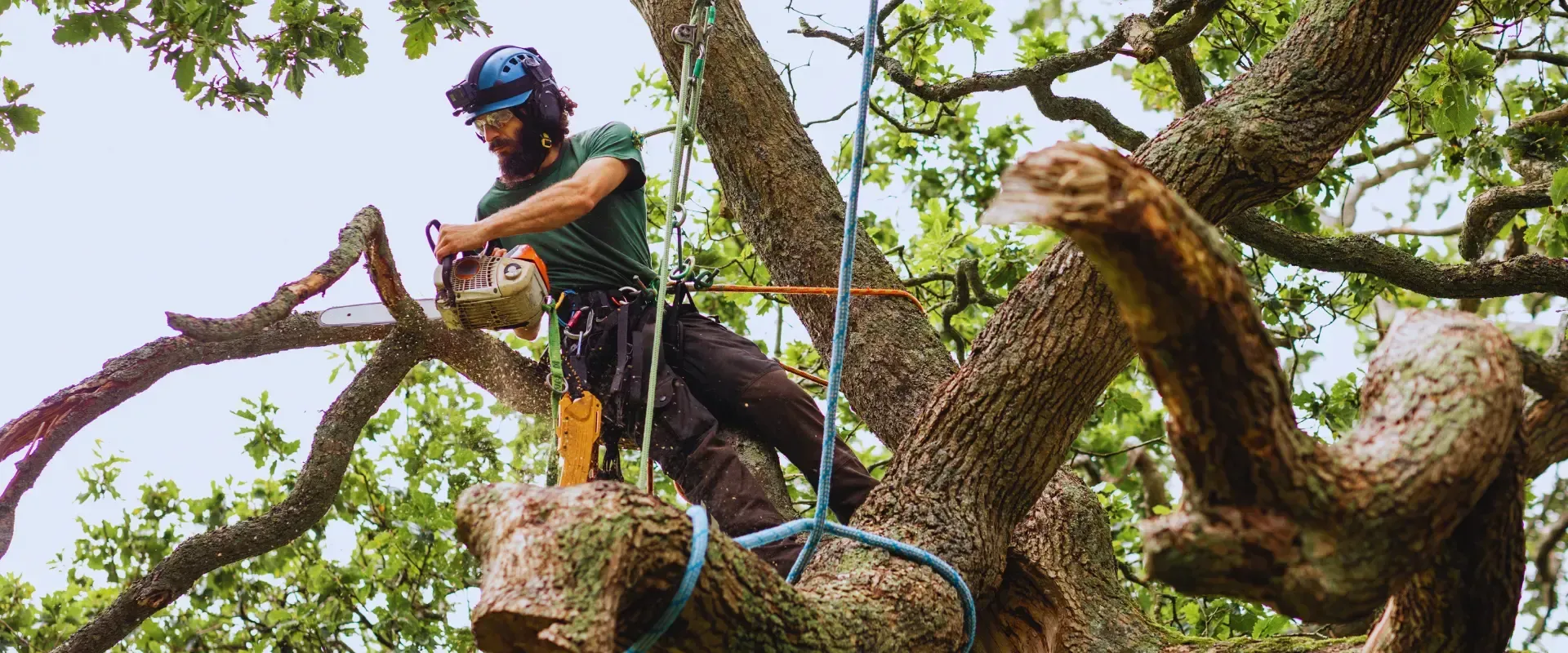
Leaf Management and Composting
Transform fallen leaves into garden gold through composting.
Detecting and Addressing Potential Winter Damage
Early detection prevents long-term issues.
Winter Tree Care
Even our mild winters require attention.
Protecting Trees from Frost
- Use frost cloths
- Create windbreaks
- Avoid watering before frost
Structural Pruning during Dormant Season
Winter is ideal for major structural pruning.
Emergency Preparedness
Have emergency tree removal contacts ready.
Tree Removal and Emergency Services
When to Consider Tree Removal
Warning signs include:
- Extensive disease
- Structural instability
- Safety hazards
Signs of Tree Distress
Look for:
- Fungal growth
- Bark damage
- Unusual leaf discoloration
Hiring Professional Tree Services
Always choose licensed professionals.
Sustainable Tree Care Practices
Eco-Friendly Maintenance Techniques
- Organic treatments
- Water conservation
- Minimal chemical intervention
Native Tree Conservation
Support local ecosystems by prioritizing native species.
Tools and Resources
Essential Tree Care Tools
- Pruning shears
- Loppers
- Pruning saw
- Protective gear
Local Resources and Expert Consultations
Contact local experts for personalized advice.
Conclusion: Your Path to Healthy Trees
Tree care is a journey of learning, patience, and connection with nature.
Key Takeaways
- Understand your local microclimate
- Practice seasonal maintenance
- Prioritize tree health
- Seek professional help when needed
Frequently Asked Questions (FAQs)
Q: How often should I water my trees in Southern California?
A: Depends on species and season, but generally deep, infrequent watering works best.
Q: Can I prune my trees myself?
A: Simple pruning is possible, but for complex tasks, hire professionals.
Q: What's the best time for tree planting?
A: Late fall or early winter in Southern California.
Q: How do I know if my tree is diseased?
A: Look for signs like unusual leaf color, fungal growth, or bark damage.
Remember, every tree tells a story – make yours a tale of health and resilience!
